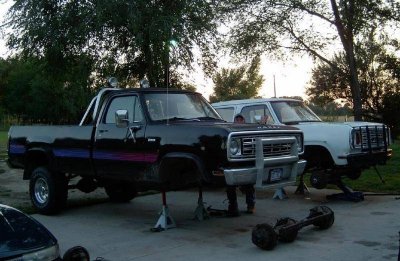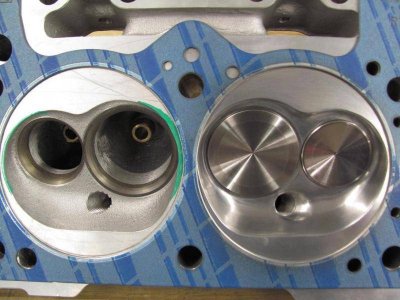I had a 360 and a 440, both in the same year and model car... at the same time. The 360 was a screamer, would pull just as hard as the 440, maybe harder. It was the top end that the 360 couldnt keep up with.
I also had a 360 in my 2001 Ram, that truck got better MPG's than my 5.7 05' Ram and my 5.7 13' Ram....... I love the 360!!
I fully agree with this opinion. I have many 440 C bodies, both with the standard and HP versions. I would say, though, that around town, the 360 even in 2 bbl form performs admirably - with its great low end torque and somewhat high stall torque converter, it feels just like the 383-4 bbl when accelerating. The 440 relies on its great torque but uses a low stall converter, and just has a different feel off the line. It too is nice, but I enjoy my 360-2 bbl just as much. Typically my 440 standard C bodies with 2.7 axle ratios get 17 highway all day long, and the 360 is right there or maybe just a little better. I think for around town, I really prefer the 360-2 bbl just a tad more because it is more fun but the 440 overall is nicer on the highway for silent cruising and better passing power. You can't lose either way, really.



















